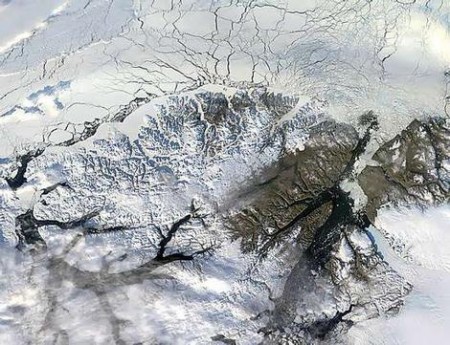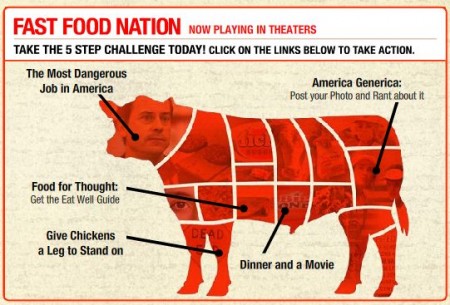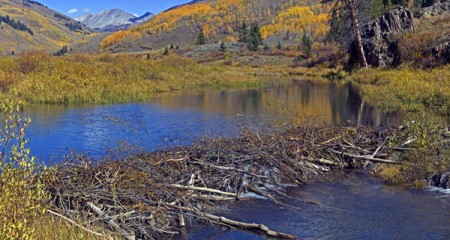
|
||
|
|
||
|
01 04
Harper Shakes Up Environment Portfolio
was out of her league and as the environment became more critical to politics in this country, Stephen Harper knew it. Putting John Baird in the role of Environment Minister indicates just how important the Conservatives think the position is. But are they too late? The Liberals have stolen the issue by selecting former Environment Minister, Stephane Dion, as the leader of the Liberal Party. By putting Ambrose in the role to begin with, Harper illustrated just how little interest he had in an issue that most Canadians rate next to health care in importance. We know as an Albertan he is unlikely to put any restrictions on that province’s oil and gas industry. Now, his mostly symbolic action may be too little, too late.
01 03
Whole Foods Fights Back At Omnivore’s Dilemma
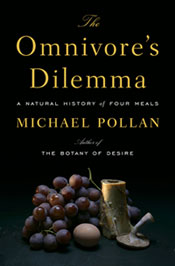 The best-selling book "The Omivor's DIlemma," by Michael Pollan took a critical view of the mass-market organic food industry. That view included the market leading Whole Foods chain. Whole foods founder and CEO John Mackey objected to the way his company was portrayed and decided to write Pollan an open letter. Pollan, in turn, responded. Green Money Journal printed the entire correspondence and we are copying it here because it is an important public health issue.
01 02
Toronto’s Warmest January 1st Ever
 We quipped yesterday that there is no need to go south - southern temperatures have come to us. The image of this glider trying to launch himself from the slopes of Riverdale tells the story of yesterday’s weather. December was the warmest on record. Yesterday’s highs were a record for January 1. What’s next? Will Toronto boast Vancouver-like weather with flowers in February? Anyone who did not believe in global warming has to be convinced now. Many, sadly, will say it a good thing. The Economist recently ran a story on how the Russian economy will benefit from access to Arctic shipping routes that are now navigable for the first time in history. Already, U.S. spokespeople are saying they will use Canadian Arctic waters to ship goods across the top of the continent. For someone who remembers a childhood with backyard skating rinks from December to March, the change in Toronto’s climate is disturbing. Unfortunately, we cannot turn the clock back but we can prevent further environmental damage. Yesterday’s weather is, if nothing else, a call to action.
12 29
Losing The Ayles Ice Shelf
NASA’s www.visibleearth.nasa.gov web site has some good supplemental information and satellite images on the Ayles Ice Shelf. Just in case you have been too busy with family this holiday season, it was reported yesterday that a large section of this shelf broke off 16 months ago. NASA writes:
The fracturing of Canada’s ice shelves is blamed on global warming. A quick review of the world’s press illustrates that an event that takes place in Canada’s north is of interest to other nations too. Even Australia picked up the story:
Events like this are so far removed from our every day lives that they are quickly forgotten in spite of the “canary in a coal mine” message they send. Our job is to make the systemic changes required to reduce global warming and stop these dramatic changes to the environment.
12 28
Who Killed The Electric Car?
We watched the movie and became indignant. Why hadn’t we ever heard of a car this remarkable - and good looking? It turns out that the car companies wanted it to fail.
The car was not without some problems. When first released its lead-acid batteries were prone to failure. That problem was fixed. The battery technology of the day allowed for trips of about 60 miles before recharging. It turns out that most people drive about 25 miles per day. OK. No issue there: Zip around all day, plug in at night when electricity is cheaper, then back to work again. Still, consumers wanted a car with about a 300 mile range. New, more efficient batteries with a longer range were developed in the state that Ford and GM built - Michigan. Turns out that a local inventor in Michael Moore’s home town of Flint, Michigan had a patent on a great new battery storage technology that could change the world. GM bought a controlling interest in the company. Then they did something that seems counter-intuitive: they sold that interest to Texaco. You don’t have to be a business game-theorists to figure out what comes next. The owners of the efficient-battery patent who are the world’s biggest supplier of gasoline sue any auto company who uses their technology to build long-range, electric cars. This is where our economic system fails the needs of the many. Call it the tragedy of the commons or just an inefficient use of non-renewable resources. However it is described, when a private company can suppress a technology that can benefit the well-being of the many then the system is failing. (There is an informed paper on the macro-economic underpinnings of this issue here) A few years ago Toronto suffered through 50 smog crisis days. 50. That air pollution was caused by cars and by coal-fired power generation. Would the availability of electric cars change the quality of our air? You bet it would. The problem that prevents us from achieving clean air is a regulatory one. If our government decrees that 10% of cars sold in Canada have to be electric by 2015, then the auto market will respond. However, do you think a our current federal government will create such a policy? WIll any? Ultimately, this is a consumer issue. If enough people demand environmentally responsible cars then we will get them. Waiting for the auto industries to do what is right won’t work. Waiting for government to make the policy changes needed to protect our health in the log-term won’t happen unless consumers (also known as voters) make it happen.
The last word in today’s post goes to the film’s producers and PBS:
12 22
Sustainable Table
If you have read Micahel Pollan’s book, “The Omnivore’s Dilemma,” you know that industrialized food production is precipitating ethical and environmental disasters. Alice Outwater, an author I mention in yesterday’s post, argues that the biggest polluter of North America waters is not the manufacturing or chemical industries, it is agribusiness.
In that context it was a comfort to discover a web site that discusses issues relating to our food supply. www.sustainabletable.com’s mission is outlined here:
12 21
Beavering The Canadian Landscape
Photo from www.timna.mines.com When I think of the forces that formed the Canadian landscape, I think of glaciers carving away billions of tons of precambrian rock. Georgian Bay’s serpent-like islands of orange and red stone remind us of the sculpting power of ice and water. Surprisingly, though, the forces that gave Canada its unique forests and water-created landscape not only include glacial ice: they include the innocuous beaver—or, at least, 200 million beavers. This insight comes from a remarkable book titled, “Water: A Natural History,” by Alice Outwater. The author makes a compelling case for the subtle, natural ecosystems that shape the landscape. A cornerstone of that natural system was Castor canadensis, or, for the rest of us, the beaver. When Europeans first arrived in North America there were more than 200 million beavers living here. Take a look at the above picture. This dam and the small lake it creates are the work of one small clan of beavers. Say it is the effort of ten beavers. That means there probably were at least some 20 million similar ponds and streams across the land. While that is impressive, the real impact of the beaver’s skilled hydro-engineering is the ecosystem it created. According to Outwater, a beaver family can build a 35 foot dam in one week. Some dams extended up to 4,000 feet in length. As interesting as that is, the real importance of the beaver’s work is its profound impact on the ecosystem. Their work creates a transition between two diverse conditions: water and land. In environmental terms this is known as an ecotone. Ecotones are home to organisms native to each environment - land or water - as well as organisms native to the ecotone itself. That in-between zone is called the “edge effect.” What is remarkable about the ecotone is that it creates habitats for a diverse array of wildlife from frogs, to herons, to raccoons. From the micro ecosystem perspective, the wetland creates millions of organisms many of which are microscopic in size. Planktonic communities abound here. They, in turn, provide food for organisms higher up the food chain. Wetlands made this way are remarkably effective water filtration systems. They also even out the highs and lows of the water supply, keeping water available during droughts and slowing down potential floods. Also critical to this eco-chain is that the beaver ponds allow water to filter down into the local water table. That means more clean water is available in the form of springs. The market-driven demand for beaver pelts to make hats in Europe almost eradicated the beaver. Now they are considered a novelty or a pest. In fact, they were an engine of our ecosystem. Their loss will, according to Outwater, have ramifications we are only now beginning to understand. |

Contribute to the MESH Cities intelligent city database. Click here.
Read what people are saying about the environmental issues that impact us all
News about wind energy
News about green investing
Blog posts about electric cars
|
The best green news sources on the Net
Treehugger
Eco Worrier
Inhabitat
Lime
World Changing
|
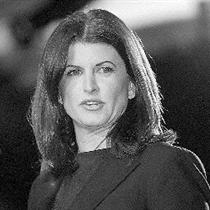 We have been waiting expectantly all morning to see how Harper would restructure his cabinet. Of course, what we really wanted to see was how delicately or indelicately
We have been waiting expectantly all morning to see how Harper would restructure his cabinet. Of course, what we really wanted to see was how delicately or indelicately 
